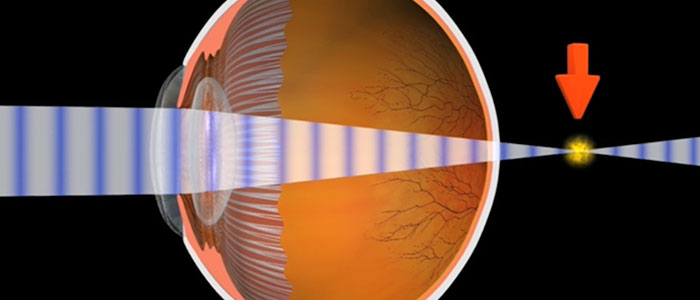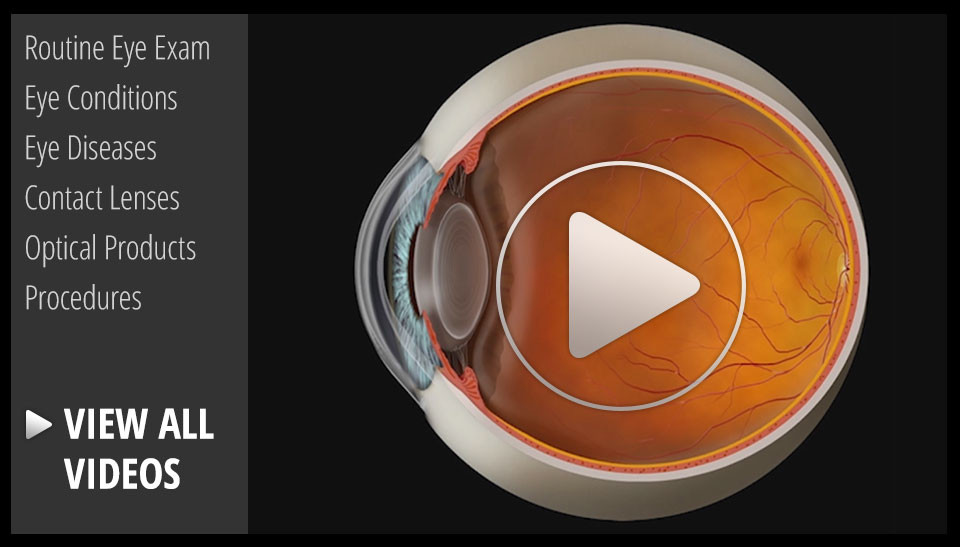Blog

Keratoconus is an eye disease in which the cornea deforms from its normally curved dome shaped and becomes cone shaped. Sometimes there is a flaw in the collagen, the material of the cornea that weakens and allows the cornea to stretch into an irregular cone shape.
The cornea is the clear tissue located at the front of the eye and it refracts and focuses light as it enters the eye. Therefore abnormalities of the corneal surfaces can severely distort vision.
Symptoms usually start in the teen years with near-sighteness and astigmatism which can often be treated with contact lenses or glasses. At the onset it can be difficult to detect.
It is first diagnosed when the cornea starts reveal progressive irregular distortion and eventually becomes to advance for conventional glasses or contact lenses to correct. At this critical point it is often treated with specially designed contact lenses to provide a smooth optical surface to focus light rays and impede progression of the...

There are two basic types of astigmatism; myopia and hyperopia. These two types affect up to one third of the population and can be treated in a variety of ways from corrective lenses to surgery.
Myopia, or nearsightedness occurs when the eyeball is slightly longer than usual from front to back or the shape of the cornea is too steep. This causes the light entering the eye to come to a focus in front of the retina which results in a blurred distance vision.
Hyperopia, or farsightedness is the opposite of myopia. It occurs when the eyeball is slightly shorter than normal, or the shape of the cornea is too flat. This cause the light entering the eye to come to a focus behind the retina, which results in blurred near vision. Distance vision may also be blurred depending on the severity of hyperopia.


